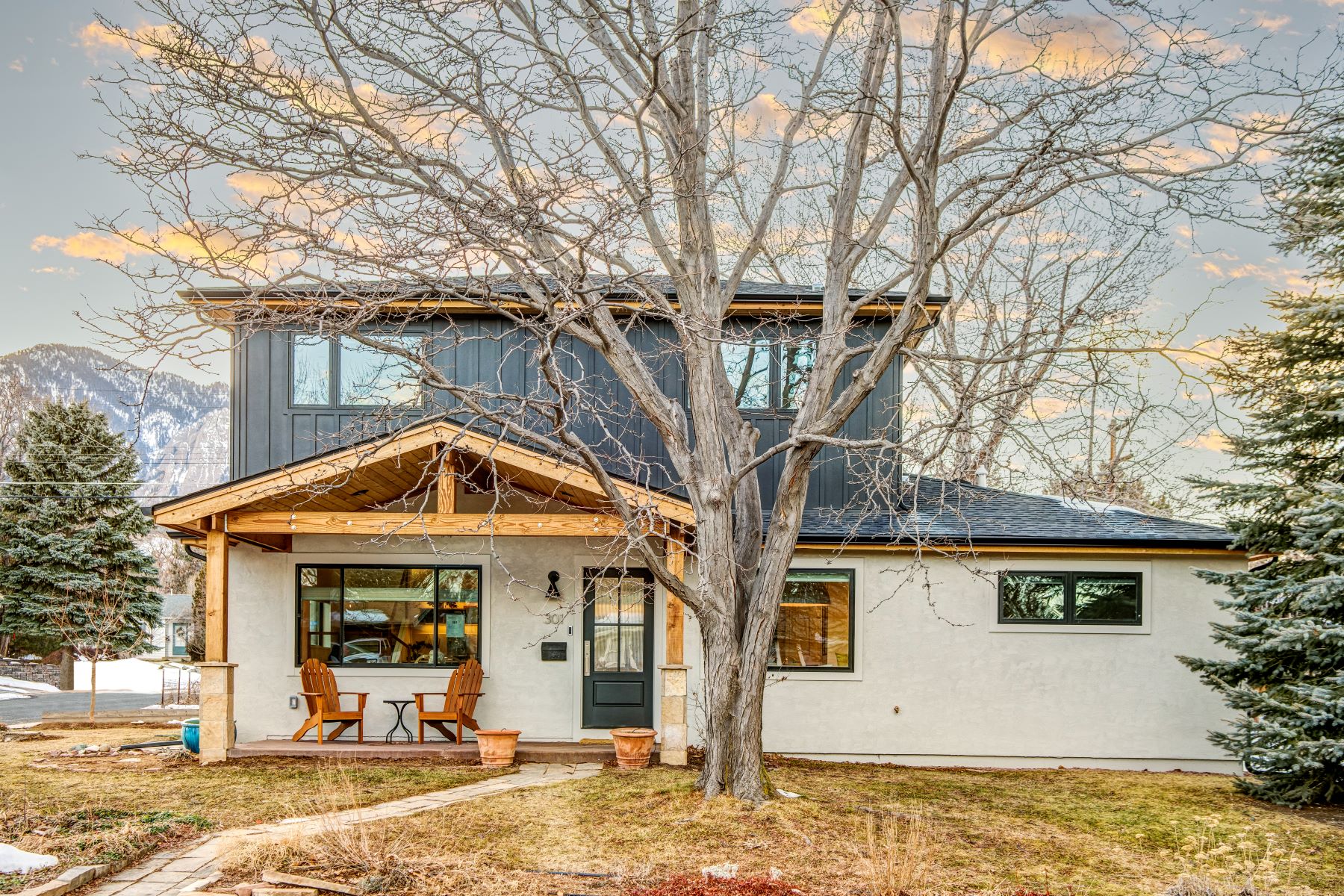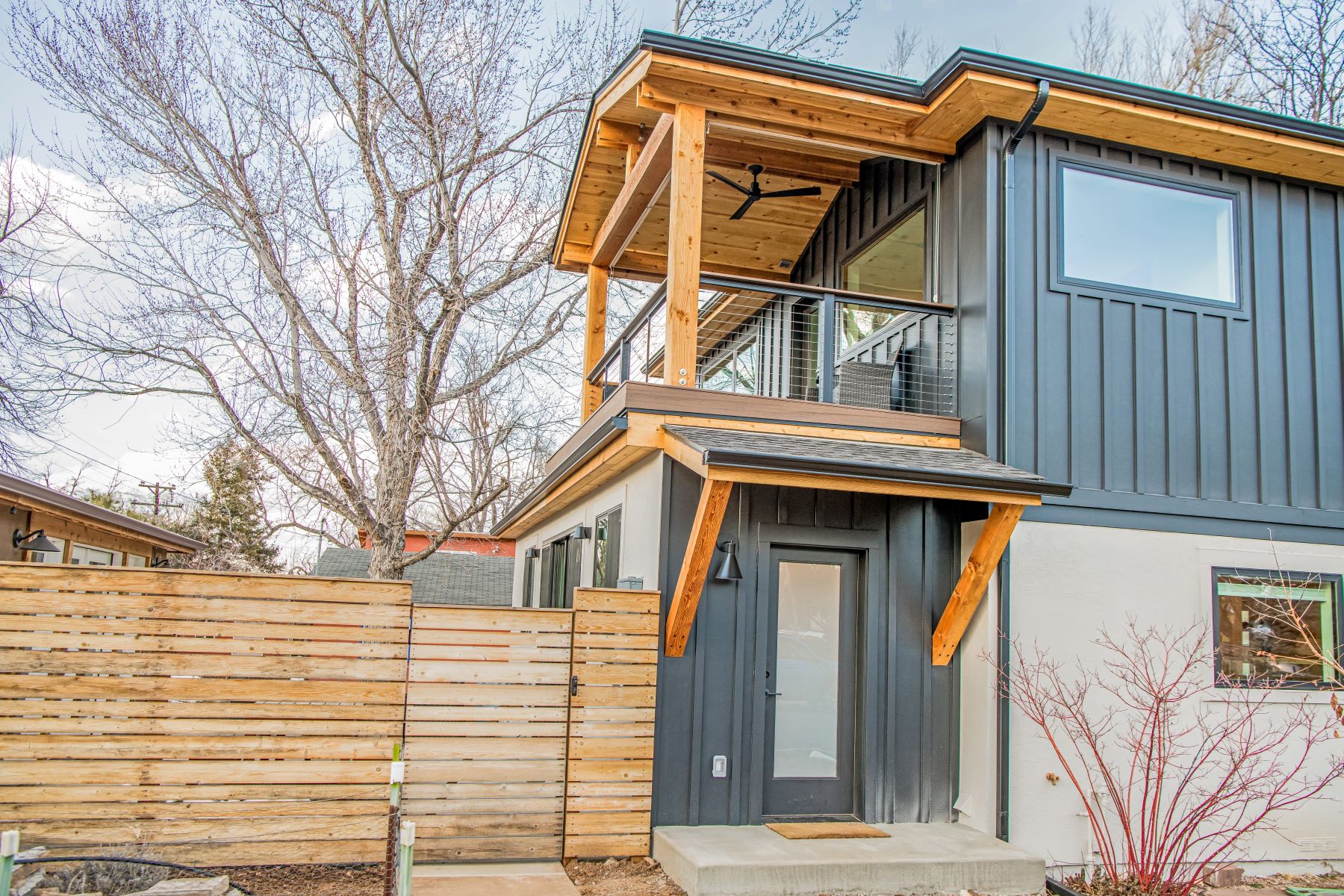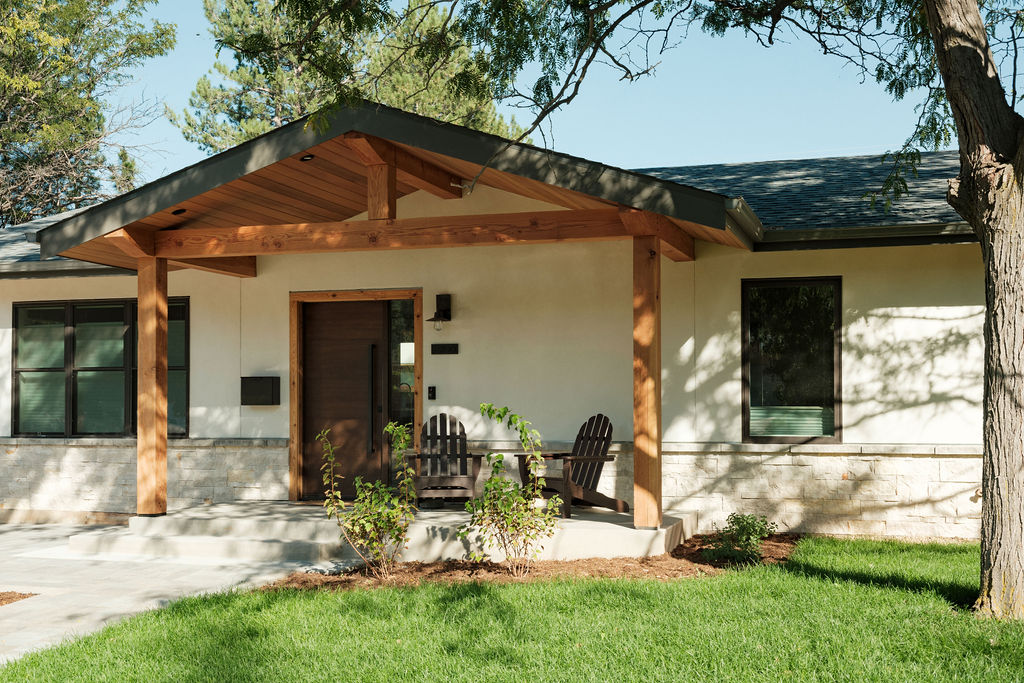Green Building
Green building has long been a popular topic. But what does “green” mean? There’s no simple answer to this. “Green” can refer to using sustainable and/or local materials. It can mean ensuring a home has good indoor air quality. Most often, however, when we’re talking about Green Building, we’re talking about energy efficiency. This post focuses on energy efficiency and what that means for your home.
Energy Loss and The Building Envelope
Energy efficiency refers to how much energy it takes to operate the home. All building jurisdictions have different rules and thresholds for how energy efficient a home must be. Energy efficiency can be broken into 2 main components:
- Energy Loss; aka your Building Envelope.
- Energy Use; the Appliances that operate to make the home function
A home’s building envelope is the separation between inside and outside. It’s comprised of your exterior walls, windows, ceiling/roof, and foundation.
Why is the building envelope important? A well sealed and insulated building envelope is the key to your home feeling comfortable during extreme seasons. In summer, your home is like a cooler: the nicer the cooler is, the longer the food stays cold. In winter your home is like a travel coffee mug. Your coffee stays hot because the mug is insulated and there’s a tight fitting lid. A poorly insulated and drafty house cooks in the summer and is chilly in the winter. You’ve got to consume more energy to run the furnace and air conditioning to keep the house comfortable.
Energy Use and The Home’s Appliances
Your home’s appliances in this case refers to the devices that heat and cool your home. There are dozens of ways to heat and cool a house. Some use more energy than others. Some use electricity, some use natural gas, and some use the constant temperature of the earth. You can offset the use of electricity with solar panels to create a home that has a very low or zero net energy use. We also consider your water heater and refrigerator because these run 24/7/365. Not all appliances are created equal. High efficiency appliances use less energy than standard or older appliances. Lighting is another component to consider. Old school incandescent light bulbs create quite a lot of heat and use a lot of electricity.
How Energy Loss and Energy Use Work Together
Every home on the planet has to reconcile these 2 components to create a comfortable place to get away from the weather. A tepee has animal hides around a conical frame on the ground, and a small fire in the middle. This isn’t that different from your ranch home with a forced air furnace in the middle of the basement. What’s important is that the heating/cooling for the home is matched to how well insulated your home is. Oftentimes on whole house remodels, we’re replacing all the windows in the home and improving the insulation and air sealing. This usually means the heating/cooling system will be oversized for the improved house. If the equipment is older, this would be a sensible time to replace the home’s heating and cooling and right-size the equipment to the home.
What’s the Smart Thing To Do?
There is so much advice out there and so many things you’re “supposed” to do to be a responsible homeowner. How do you begin to implement any or all of these ideas? There’s no one answer to this. Here’s a few approaches we commonly see:
- Wait until the wheels are about to fall off: this approach is to save your money and limp along with the old drafty windows and the old dinosaur furnace until it’s time to do the major whole house remodel. We’ve had a bunch of projects that center around an interior remodeling or an addition, but also include replacing windows, exterior doors, and all heating/cooling appliances. I don’t think this is a bad idea at all. If nothing is truly broken or dangerous, it can actually save you money to just do everything at once. You also have the added benefit of knowing your new equipment matches your new and improved building envelope.
- Start small: this approach says “what can I do that will make a difference without going whole hog?” The easiest place to start is re-upping on your home’s insulation. Adding attic insulation, wall insulation, crawl space/basement insulation is relatively inexpensive and can make your home immediately more comfortable. Other smaller improvements that can really help include replacing the front door or sliding patio door that’s super drafty.
- Make lemonade out of lemons when something breaks. It sucks when something breaks. Maybe your boiler dies in the middle of a snow storm. Your water heater craps out right when the in-laws arrive from out of town. You can turn these unfortunate events into a positive if you don’t simply replace the device, you replace it with something significantly better. It’s easy to get caught up in the unexpected expense and just do the cheapest replacement possible. But I implore you to look at your options. Perhaps for a few extra thousand dollars you can get a way better water heater or furnace that heats up quicker and reduces your monthly energy bill. In a few years you won’t remember the drama of the thing breaking, but you’ll be experiencing the advantages of the nicer equipment every day.
photo by Dane Cronin Photography
Energy Efficiency is a huge complicated topic. Unless you’re building a new home from scratch, your home will have certain components that are better than others and it can be confusing how to approach things. Every project we do is different. There’s no magic bullet to making your house “efficient.” Every home is on a continuum. I enjoy working with people to figure out the most sensible way to keep your house as tight and efficient as possible within the context of the project you want to do.






Comments are closed.